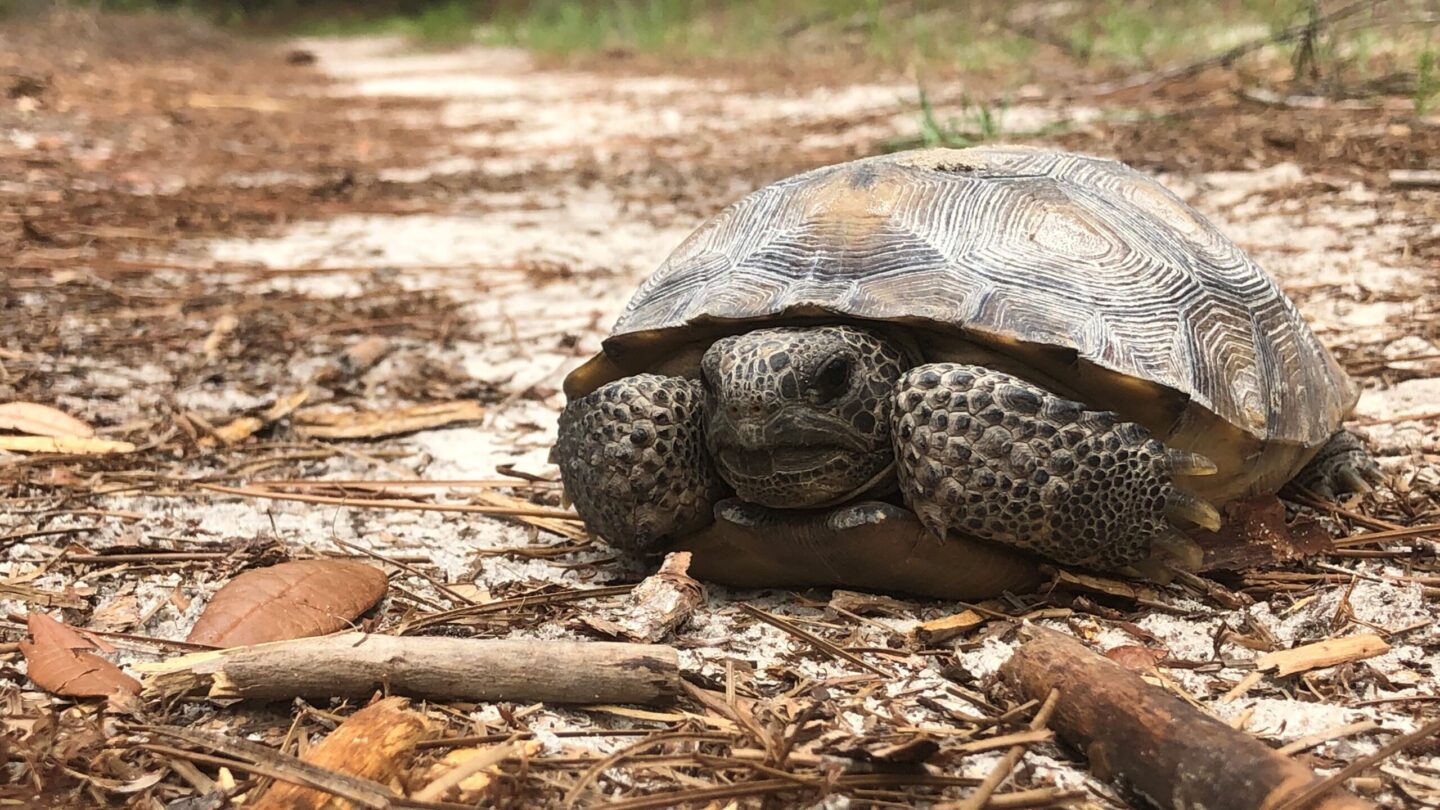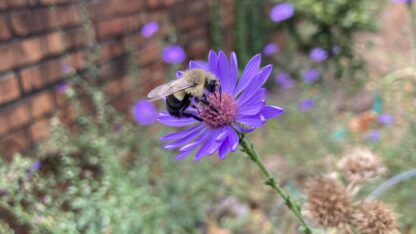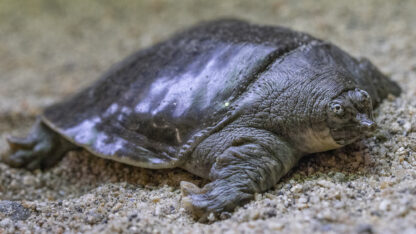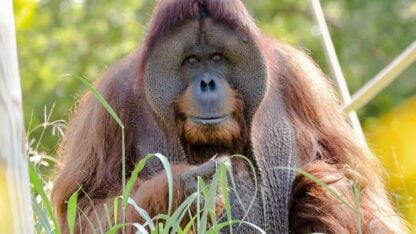Georgia's 'iconic' gopher tortoises don't need endangered species protection, wildlife officials say

Georgia’s official state reptile doesn’t need protection under the Endangered Species Act.
The U.S. Fish and Wildlife Service determined this month that the gopher tortoise – at least in the eastern portion of its range – is doing well enough without federal protection.
The decision comes more than a decade after the agency found that gopher tortoises in much of the Southeast, including Georgia, did need protection; the species wasn’t added to the endangered species list at the time because of other higher priorities.
Since then, groups in Georgia have worked together to protect gopher tortoise populations in an effort to keep them off the endangered species list – and prevent the need for government regulation.
The tortoises are big, wrinkly animals that spend most of their lives underground in the tunnels they dig. They’re important to other wildlife, too. Hundreds of different kinds of creatures, from snakes to mice to insects, also live in the tortoises’ tunnels.
“They’re kind of an iconic species in south Georgia,” said Matt Elliott, assistant chief of wildlife conservation at the Georgia Department of Natural Resources.
Elliot said there’s been a decline in gopher tortoise populations compared with historic levels. That’s largely due to the loss of the longleaf pine forests that used to cover 90 million acres of coastal plain across the South, and the suppression of wildfire that helps maintain the health of the remaining forests. The forests have been lost to development, to farmland and – increasingly, Elliott said – to solar farms.
The tortoises are also affected by disease, climate change and cars and roads.
Gopher tortoises in the much smaller western portion of their range, from western Alabama through Mississippi to eastern Louisiana, have been protected as a threatened species since the late-1980s.
Now, after a scientific review, U.S. Fish and Wildlife officials say the tortoises don’t need federal protection in this part of their range, from South Carolina, South to Florida, and west through most of southern Alabama.
“I think that that’s a success story for us and for the many partners that we have worked with for all of these years,” said Scott Hoffman with U.S. Fish and Wildlife Service.
In Georgia, since the 2011 finding that gopher tortoises here merited protection, state and federal wildlife agencies have collaborated with non-profits, private companies and landowners, and even the Department of Defense, to protect gopher tortoise habitat with the goal of securing enough tortoise populations that federal regulations wouldn’t be necessary.
The state itself has acquired large properties in the last several years to restore longleaf forests, provide public access and protect gopher tortoise habitat.
Elliot said he hopes the momentum continues to keep helping gopher tortoises, even though they’re not getting federal protection.
“You know, if it’s not listed, do we still have the motivation to continue doing what we’re doing?” he said.
Though, he said, there might also have been a backlash if the tortoise had been listed, since new federal regulations could have affected some people’s warm and fuzzy attitudes towards the dry and scaly animal.
Elise Bennett, a senior attorney at the Center for Biological Diversity, said she is disappointed in the decision not to protect the tortoise in all of its range. Her group has advocated for listing the tortoise and, last year, sued Fish and Wildlife to push for a decision on the species.
Bennett, who’s based in Florida, said that the threats from urbanization haven’t abated. In its species status assessment, the Fish and Wildlife Service says it expects to see continued human population and development increases in Georgia and Florida, which could affect gopher tortoise habitat.
“This decision really goes beyond this humble, docile gopher tortoise and to hundreds of other species that depend on the tortoise for their survival,” Bennett said.
Melissa Lombardi, a biologist with the U.S. Fish and Wildlife Service based in Atlanta who works on gopher tortoises, said she hears those concerns. However, she says that as the agency reviewed the status of the species, they got encouraging information about gopher tortoise populations.
“It matters to us,” she said. “The future of the species really does matter.”








